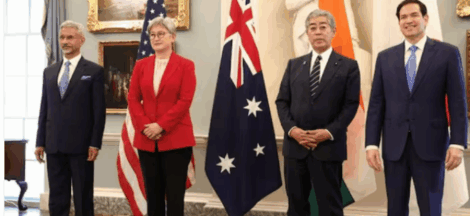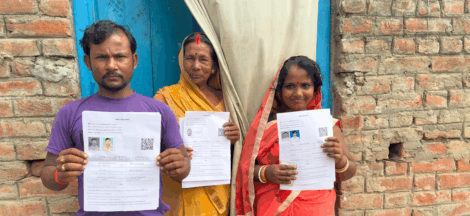By Sushil Kutty
Can the judiciary be absolved of responsibility in the pendency of a huge backlog of cases? CJI NV Ramana says if anybody is to blame for the mess, it’s the entire bunch of governments, from the central to the states. The question then boils down to should his word be taken for gospel truth, case closed? Is he giving the judiciary the benefit of doubt, or even a clean chit?
The reality is the pendency of cases at every level of the judiciary, from lower to higher and highest, is due to a complex of factors, including the ‘taarik pe taarik’ syndrome and the well-established custom that the well-heeled and the most influential get first shot at justice. The depreciation in the numbers of judicial officers could also be one of the reasons for the huge pendency.
That said, it does not matter who foists the cases on the courts, the general population or the government, but the chinks in the judiciary’s armour also account for the delays. CJI Ramana, however, appears to differ. “Pendency is often blamed on the judiciary… But a keen look at the websites of the courts will give you an idea about the huge workload on judges,” he said April 30. “The number of cases filed and disposed of each day is unimaginable… It’s a well acknowledged fact that the governments are the biggest litigants accounting for nearly 50 per cent of the cases. These are avoidable burdens on the judicial system.”
It is estimated that government-induced cases account for over 65 percent of the backlog. But why do disputes involving various government departments, and those pertaining to PSUs, end up in courts? The CJI put it on poor application of service laws in seniority, pension and so on and so forth. He cautioned everybody to be “mindful of the Lakshman Rekha” in the performance of their duties, and promised that the judiciary would not be a hurdle in the way of governance if the government worked in accordance with the law, which in turn would cut down further government disputes brought to the courts.
How Prime Minister Narendra Modi and Law Minister Kiran Rijiju took this offer of a fig leaf will be hard to guess, but terming the government as the “biggest litigant” is old hat for Modi, who had on October 31, 2016, while pitching for an All-India Judicial Service, said that there was a need to lessen the burden on the judiciary which is loaded with cases involving the government.
Modi was speaking at the Golden Jubilee celebrations of the Delhi High Court. “The judiciary spends its maximum time on us. ‘Us’ does not mean Modi, but the government,” he said, suggesting a remedy: “If a teacher takes a service matter to court, and wins, then the judgement should be used as a benchmark and extend it to thousands of similar cases in the future.
To the common citizen, however, what a passing CJI, or an occasional prime minister, says when raising the subject of pendency of court cases, does not amount to much, except routine small talk, meaningless. What PM Modi and CJI Ramana should know is that India’s crores have given up hope on many things, this included. It is common knowledge to all and sundry that the huge backlog of cases has routinely reduced the lifetimes of litigants while extending the life of the pendency of cases.
The Supreme Court and the high courts are not innocent bystanders. And neither are the bar associations. Everybody in the judicial hierarchy, and row, are equally in the dock. To the common man looking inward from the outside, everybody contributes for the good new cockfights in the court while unmindful of the albatross of pending cases. There are also the PIL-peddlers who literally eat their way into the court’s time on a daily basis, and nobody cares.
Something like an Indian Judicial Service could perhaps help ease the burden, but that is not the priority for the Modi government. The big thing is CJI Ramana’s tenure ends August 26 and he will be succeeded by Justice UU Lalit, whose tenure will be less than three months, followed by Justice DY Chandrachud, who will have a tenure of two years. This quick turnover of CJIs does not bode well for the backlog of cases.
That being said, what’s bothering people, at least the rungs of civil society, more than pendency and backlog of cases is whether CJI NV Ramana’s successors display the same “independence and zeal” that has marked his tenure? The consensus is CJI Ramana injected “vigour” in the SC’s functioning, and was not shy of taking governments to task, Centre or states. (IPA Service)




 RSS Chief Mohan Bhagwat Is Continuously Double Speaking These Days
RSS Chief Mohan Bhagwat Is Continuously Double Speaking These Days 